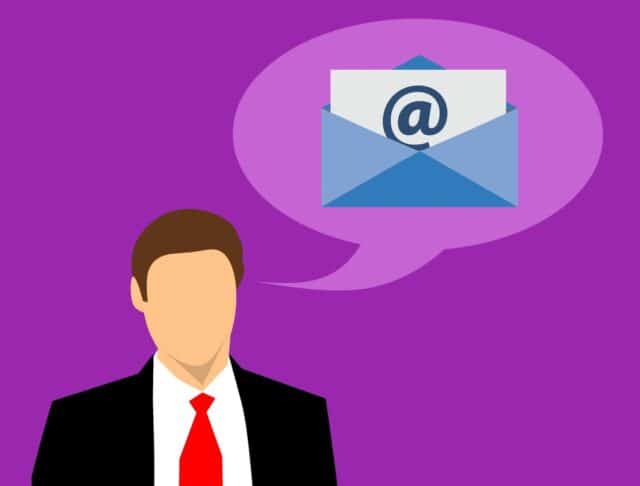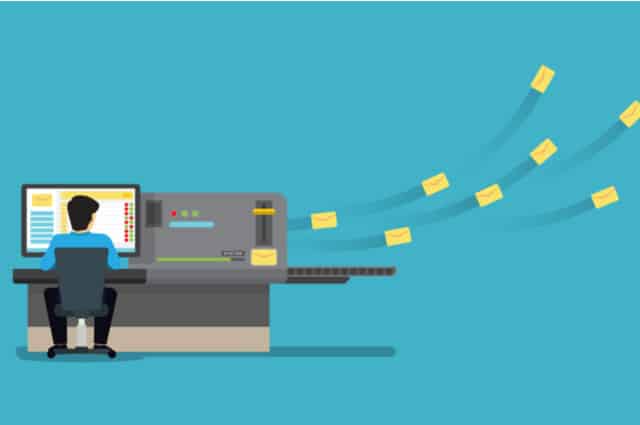Spam traps – What are they and how to avoid them?
One of the biggest problems email marketers encounters is low delivery rates. Your subscribers may never receive one of every six emails you send. Even after putting a lot of effort into building your subscriber list, creating an eye-catching campaign, and crafting an interesting subject line, some of your subscribers might never get your emails. Spam traps are among the most misunderstood of the many elements that affect your deliverability.
A spam trap: what is it?

Spam traps resemble real email addresses, but they aren’t used for actual contact and don’t belong to any real people. Its sole function is to expose spammers and senders who don’t practice adequate list hygiene.
Inbox providers, as well as blocklist providers, frequently deploy spam traps to identify criminal senders. Legitimate senders with poor data hygiene or purchase practices often appear on the radar as well.
Why should you give spam traps any attention?
You can send emails to spam traps even if you’re not aware of it. Based on the type of trap, even one spam trap can substantially affect your ability to deliver emails to subscribers’ inboxes.
Sending emails to spam traps is regarded as a sign that you may have utilized unethical methods to gather email addresses, or at the very least, that you did a poor job of maintaining the integrity of your list.
This portrays you as a spammer to anti-spam organizations and mailbox providers, which could harm your sender’s reputation. Additionally, unreliable senders could have trouble getting their emails sent to the inboxes of their subscribers.
How can a spam trap appear on your email list?
Knowing the many types of spam traps available will help you comprehend how one can wind up on your mailing list.
A comprehensive list of spam trap types was put together by Laura Atkins, a specialist in email deliverability, and the owner of Word to the Wise. Here, we’ll concentrate on the most prevalent traps:
Pristine Spam trap
Email addresses that are shown publicly on websites but concealed from typical users’ views are known as pristine spam traps.
Only those who employ poor collecting practices, such as scraping the web for anything that resembles an email address, are able to locate and transmit to those addresses.
If you acquired addresses by collecting them from online sites or buying a list, which frequently contains scraped email addresses, you might have picked up a perfect spam trap.
Recycled Spam Traps
Email addresses that were formerly used by actual persons but were later abandoned and changed into traps at some point are known as recycled spam traps.

After a specific period, inbox providers will deactivate an email that is no longer in use. The inbox provider provides a hard bounce with every email sent to this address, asking the sender to kindly delete this email account from the list.
Those who send emails responsibly comply with this request and erase bounced addresses. However, some people disregard this policy and keep sending emails to these addresses.
The ISP’s solution to careless senders is to turn discarded email addresses into spam traps. After a time, the abandoned address will no longer hard bounce and will instead become an active spam trap that flags all emails sent to it as coming from a bad sender.
A dead address trap is obtained by keeping bounced addresses on your list. Be sure to keep a close eye on your list, particularly for bounces. So that you don’t unintentionally keep emailing a dead address.
Additionally, if you don’t frequently mail to your lapsed subscribers, you may get recycled spam traps. Simply because you haven’t mailed to the address in months and haven’t seen that bounce, you could potentially fall into a trap.
However, there are still additional ways to acquire spam traps. For example, some people will create email addresses in order to fill out entry forms, not to receive emails. In other instances, a well-intentioned person may mistakenly misspell their address, and that address may be a spam trap.
How to tell if a spam trap is receiving your message?
Spam traps can be difficult to spot since they resemble genuine email addresses. To help you assess your sender’s reputation and determine whether you are sending to spam traps, there are a few useful tools available.
One illustration of such a technology is the Smart Data Network Service (SNDS) from Microsoft.
How to address the spam traps issue?
You won’t discover a public list of spam traps that you can remove from your list to remedy the issue because spam traps are made to identify senders that use careless list-building practices.
The only method to locate and remove them is to carefully examine the general list quality. Since spam traps aren’t actually owned by real people, they frequently act differently from active subscribers. The majority of spam traps don’t track interactions like clicks or opens.
You’ll probably remove your spam traps as well if you effectively manage your inactive subscribers.
Another tactic to distinguish interested subscribers from those who don’t confirm is to run a campaign that asks current subscribers to affirm their interest in your messaging. But even if you were able to locate the traps and remove them from your list, you would only have addressed the symptom and not the root of the problem.
To stop more spam traps, you must figure out how the spam traps got onto your list in the first instance and make changes to your list-building tactics. In order to avoid spam traps, make sure you pay attention to both your latest sign-ups and your oldest inactive parts. Traps will typically be found in one of these places.
Tips for controlling your sign-up procedure

Never purchase an email list.
There is a potential risk when you are purchasing an email list. This is because email addresses may not be obtained ethically. Hence, it is better to avoid taking that chance.
Employ double-opt-in
You may confirm that an email address is of a real person by using double-opt-in. This is a useful technique for finding mistakes and incorrect addresses that could be spam traps.
Verify fresh email addresses
To prevent typos and invalid email addresses from making it to your mailing list, use an email address validation tool like TuxMailer on your signup page.
Tips for maintaining your current subscriber list
Make bounced email addresses inactive
Be vigilant when it comes to bounce notifications. Take invalid email addresses off of your active mailing list before they transform into spam traps. To prevent reacquiring the same address or sending it by accident again, add invalid addresses to a suppression list.
Manage the inactive subscribers you have
Subscribers that are consistently inactive provide little value to your campaigns, and some of these addresses run the danger of becoming spam traps with dead addresses. Don’t keep these addresses around for too long.
Conclusion:
Spam traps are everywhere on the internet, just waiting for a minor slip-up or a string of bad habits to set them off and make your email marketing efforts even more challenging than they already are.
Spam traps are employed more frequently than ever to catch spammers as each day goes by. Therefore, understanding spam traps have become crucial for email marketers and any other firm sending bulk emails. If you allow them to, spam traps will catch you off guard.
A general rule of thumb is to be as prepared as you can for it, particularly if you have been sending marketing emails for an extremely long time. This will help you prevent many issues with them in the future.
Subscribe to our Newsletter
Sign up to receive email updates on new product announcements, exclusive sales and marketing content, special offers on email validation plans, and more.
We send curated content as per your preference and do not indulge in spam!
What would you like to know about
We’re committed to your privacy. TuxMailer uses the information you provide to us to contact you about our relevant content, products, and services. You may unsubscribe from these communications at any time. For more information, check out our privacy policy.



